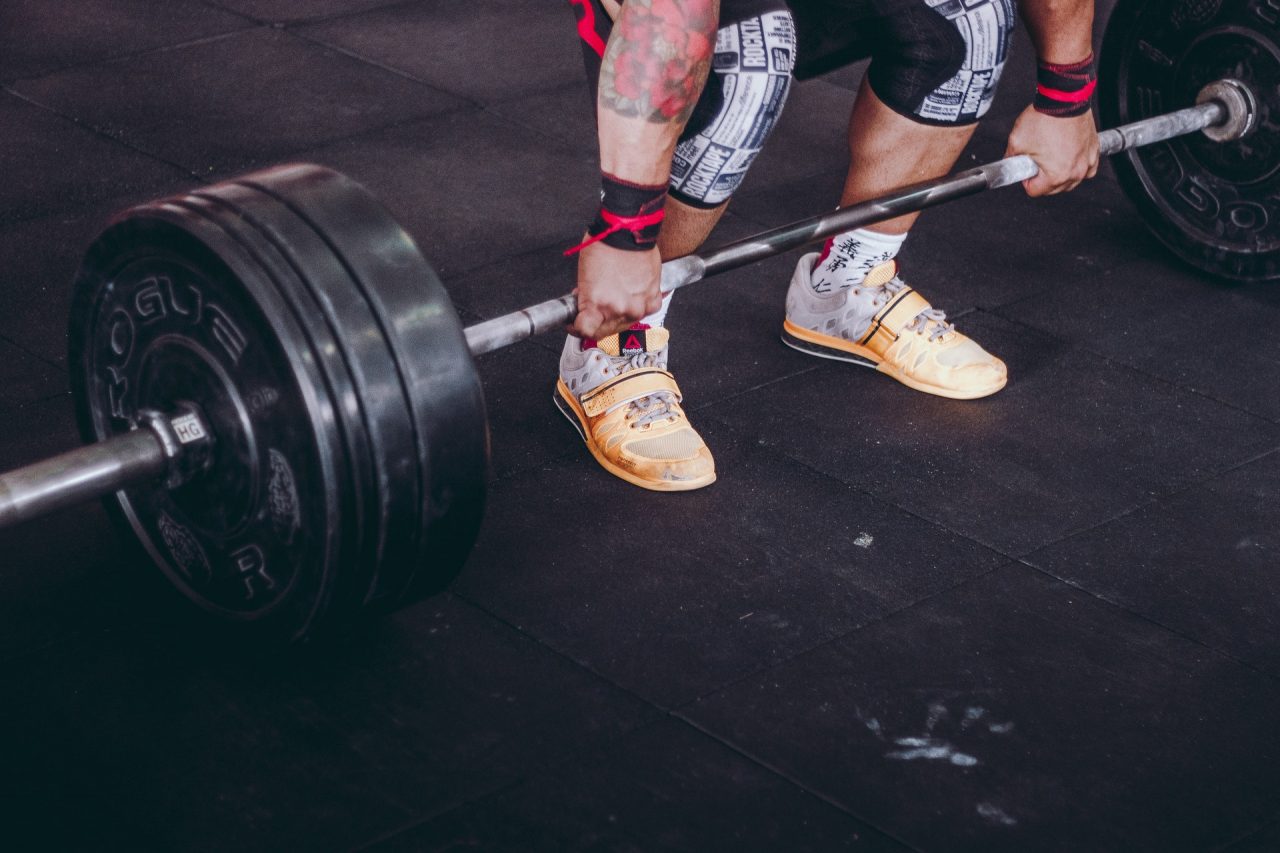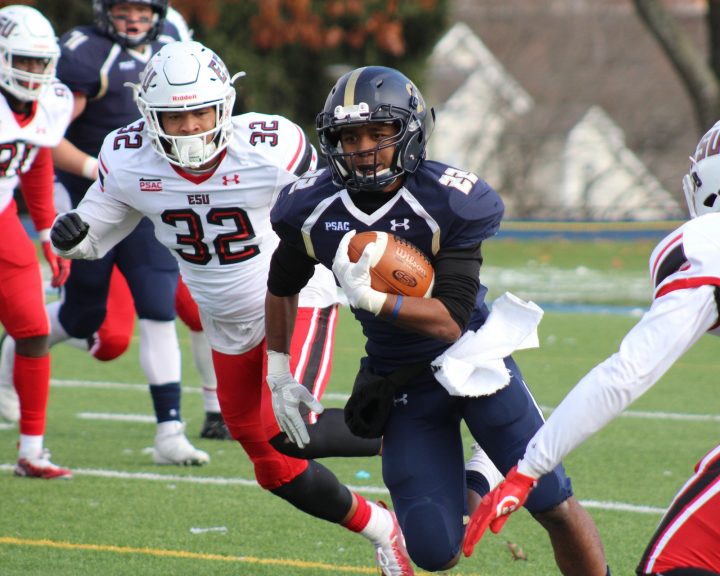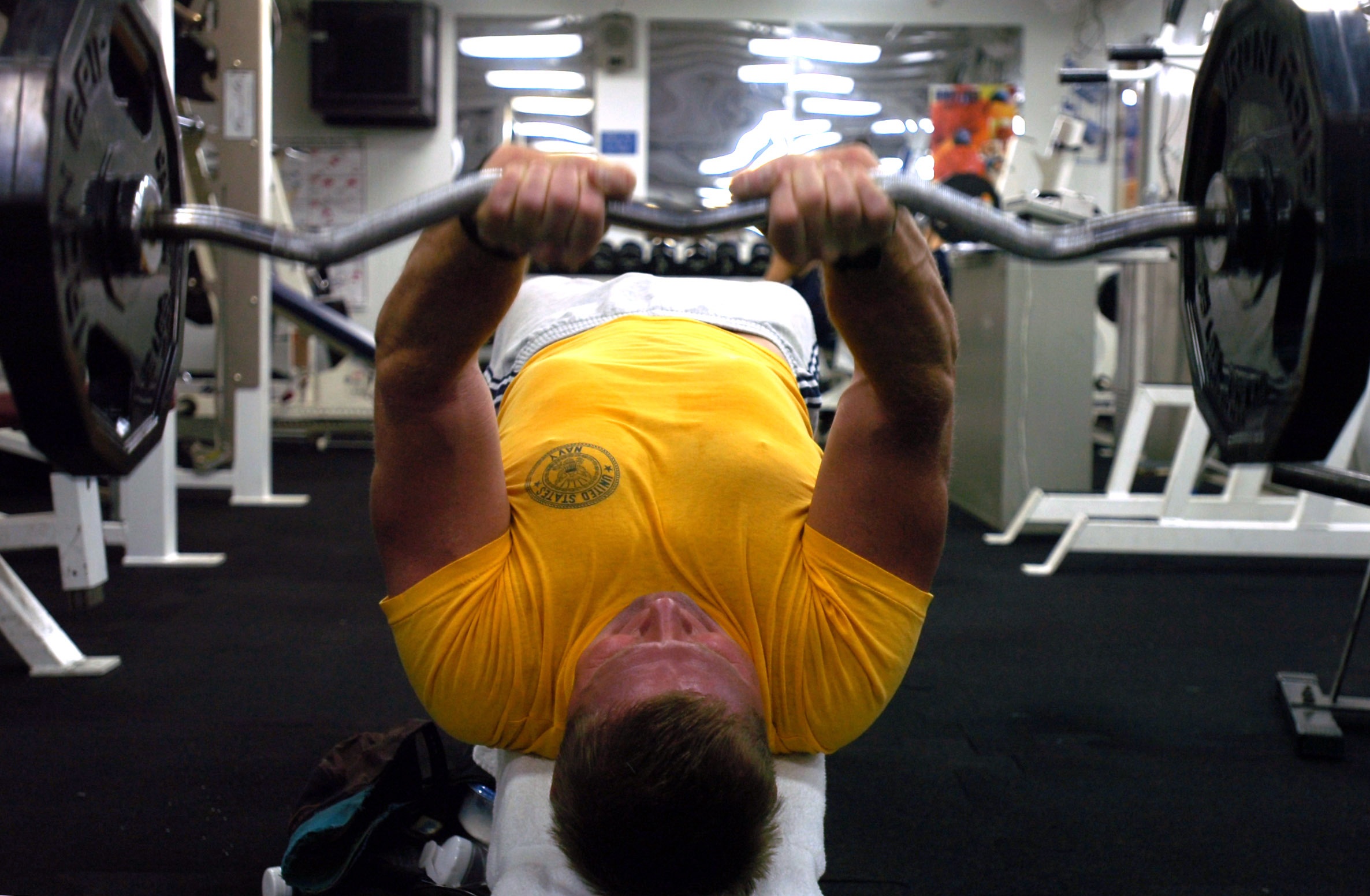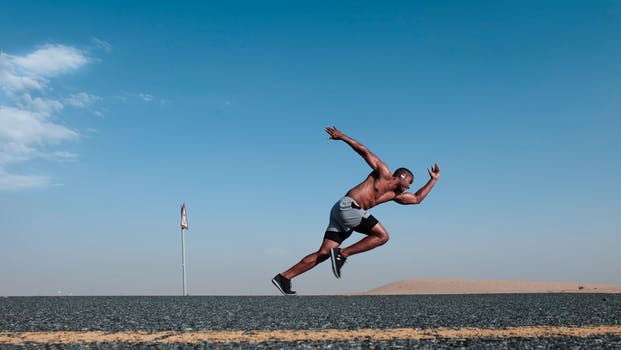A popular lab assessment for weightlifters is the isometric mid-thigh pull. Some authors have suggested that a mid-shin (i.e. bar on the floor) might be a good way to assess force production and deadlifts. With this in mind Bartolomei et al, in the Journal of Strength and Conditioning Research, looked at the relationship between both pulls and 1-RM deadlifts. In addition, the authors studied the relationship between vastus lateralis muscle architecture (pennation angle, fascicle length) and performance on the two pulls. The authors studied subjects who were able to deadlift at least twice their bodyweight.
Results:
- The mid-thigh pull resulted in almost 40% more peak force than the mid-shin pull.
- There were higher correlations between the mid-shin pull and the deadlift than the mid-thigh pull and the deadlift.
- There were weak correlations between fascicle length and both the isometric pulls but there was a stronger correlation between fascicle length and deadlift 1-RM.
- Vastus lateralis muscle thickness was significantly correlated with deadlift 1-RM, but not isometric performance.
- There was no relationship between pennation angle and performance on the isometric pulls and the deadlift.
Since the deadlift doesn’t have the double knee bend that the Olympic lifts do, it makes sense that there is a stronger relationship between the mid shin pull and deadlift than the mid thigh pull and the deadlift. The muscle architecture results are interesting because one would expect strong correlations between fascicle length, angle of pennation, and muscle thickness with the deadlift 1RM and peak force on the isomeric pulls.
For me, the interesting question is why do we even want to use the isometric assessments in the first place? Deadlifts and Olympic lifts are not isometric exercises. For both, if there are issues with starting strength then we can visually see that. The second pull in the snatch and clean both require strength, but so much more than that and if the athlete is unable to pull bar high enough fast enough then again, we can visually assess that.
Bartolomei, S., Rovai, C., Lanzoni, I.M., and di Michele, R. (2022). Relationships between muscle architecture, deadlift performance, and maximal isometric force produced at midthigh and midshin pull in resistance-trained individuals. Journal of Strength and Conditioning Research, 36(2), 299-303.




